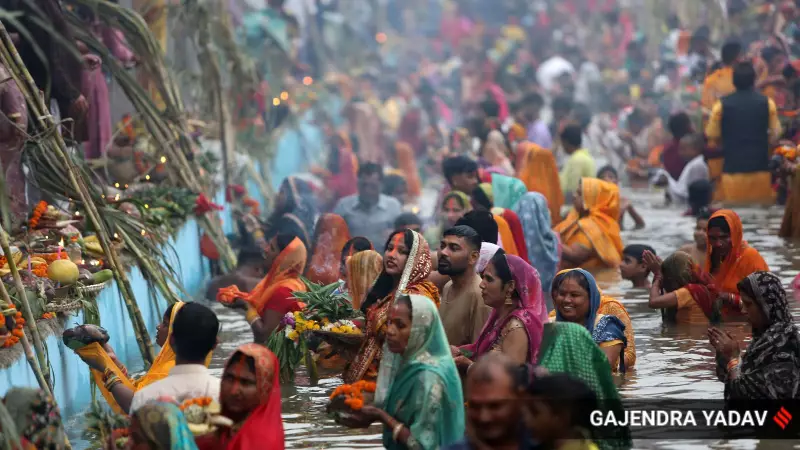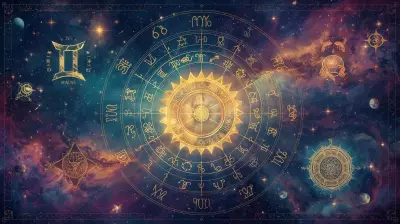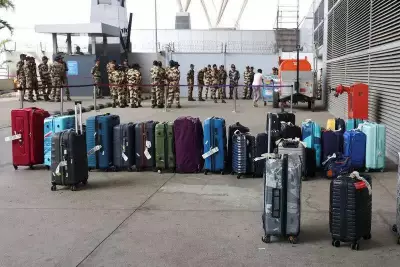
Under the soft glow of dusk, the banks of the Yamuna river in Delhi transformed into a vibrant tapestry of devotion and community spirit as thousands gathered to celebrate Chhath Puja. The ancient Hindu festival, dedicated to the Sun God, saw devotees standing waist-deep in water, offering prayers and performing rituals that have been passed down through generations.
A Sacred Gathering Amidst Urban Challenges
The air filled with rhythmic chants and the scent of traditional offerings as families created temporary altars along the river's edge. Women in colorful sarees led the ceremonies, while children played nearby and men prepared the prasad—the ritual offering of fruits, sweets, and sugarcane.
Yet beneath the surface of pure devotion ran an undercurrent of political discourse. As devotees prayed for prosperity and well-being, many couldn't ignore the environmental challenges facing their sacred river.
Political Undercurrents in Sacred Waters
Between rituals, conversations naturally turned to the state of the Yamuna and the government's role in its preservation. "We come here every year with hope in our hearts," shared Meera Devi, a longtime participant. "But we also come with concerns about the pollution and what our leaders are doing to protect this holy river."
The festival, while primarily spiritual, became an informal forum where civic issues merged with religious observance. Discussions about water quality, infrastructure development, and political accountability flowed as naturally as the river itself.
Tradition Meets Contemporary Concerns
For many families, Chhath Puja represents more than religious observance—it's a cultural touchstone that connects them to their roots. "This festival reminds us of our heritage," explained Ramesh Kumar, who attended with three generations of his family. "But it also makes us think about what kind of environment we're leaving for future generations."
As the night progressed, the boundary between spiritual practice and civic engagement blurred, creating a unique space where faith and politics coexisted harmoniously. The flickering diyas reflected not just in the water, but in the thoughtful eyes of devotees contemplating both divine and earthly matters.
The Chhath celebrations along the Yamuna ultimately revealed how traditional festivals in modern India increasingly serve as spaces where spiritual devotion and political consciousness flow together, much like the sacred rivers that sustain them.





